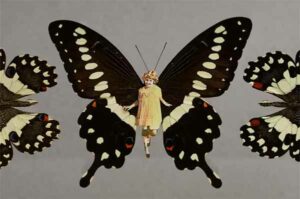Art History
Examine history through a different lens. Hone your research and writing skills. Discover your future while uncovering the past.
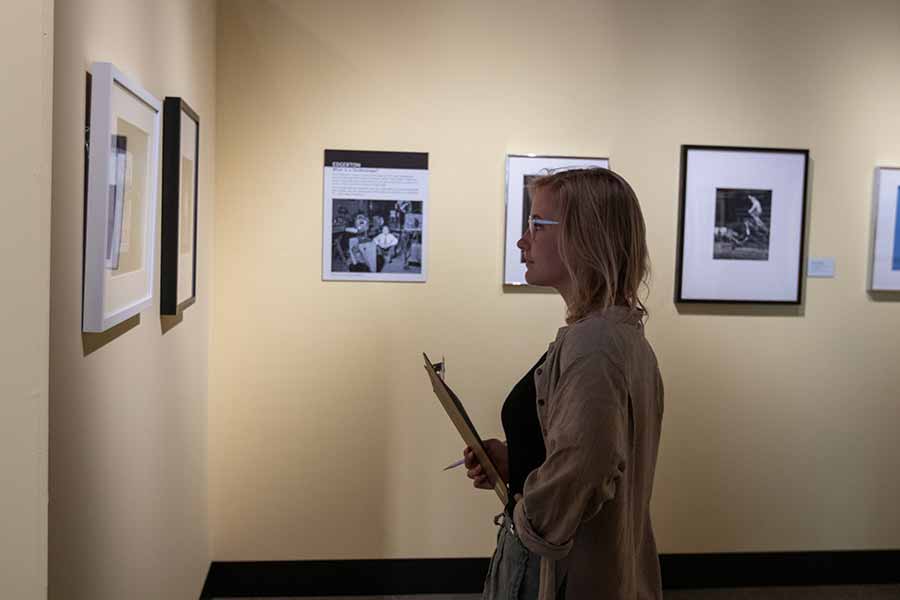
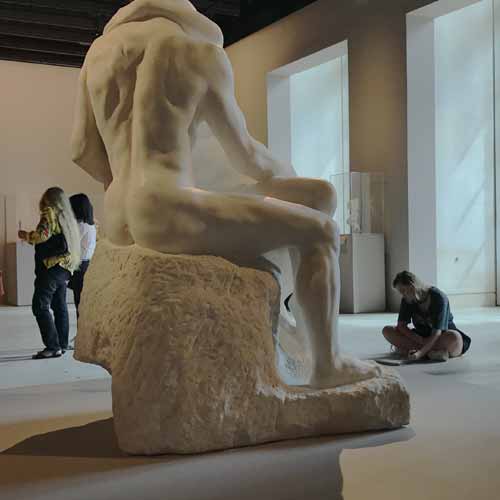
CURATE YOUR EXPERIENCE
Art history is the study of visual and artistic expression across time and space that enables us to better understand other societies and cultures in addition to our own. The School of Art offers an undergraduate program in art history as well as a minor and elective courses for non-art majors. Our students receive interdisciplinary instruction in traditional classroom and professional settings, including local studios, galleries, and museums. Art history graduates cultivate the critical thinking and communication skills that prepare them to pursue a range of careers in academia, education, museums, galleries, restoration, law, and business.
Programs in Art History
Bachelor of Arts
The School of Art offers a Bachelor of Arts degree in art history for students interested in learning about the world around them through the lens of the visual. The Bachelor of Arts curriculum provides a broad liberal arts education while preparing students for a range of professional careers. With expertise in a wide array of Western and non-Western visual traditions as well as the museum and legal worlds, our faculty investigate the often-unexpected ways in which art reflects and influences broader societal values and legacies. Art history allows students to engage with both the foreignness of the past and the demands of the present and future by developing the visual skills that now drive life outside the classroom. Explore the options below to learn more about our undergraduate program.
Degree Requirements
Offered Courses
- ARTH 152 Survey of Islamic Art
- ARTH 172 Western Art: Ancient to Medieval
- ARTH 173 Western Art: Renaissance to Contemporary
- ARTH 183 Asian Art
- ARTH 375 Seminar in Art History I
- ARTH 402 Seminar in Art History II
- ARTH 403 History of Photography
- ARTH 405 Topics in Visual and Legal Culture
- ARTH 410 Art and Image in the Age of Pharaohs
- ARTH 411 Art: Art of South and Southeast Asia
- ARTH 413 Art of China: Neolithic Period through the Song Dynasty
- ARTH 414 Art of China: Yuan through Qing Dynasties
- ARTH 416 Chinese Art of the 20th and 21st Centuries
- ARTH 419 Art of Japan
- ARTH 421 Greek Art
- ARTH 422 Roman Art
- ARTH 425 Early Christian and Byzantine Art to 1350
- ARTH 433 History of Film and Modern and Contemporary Art
- ARTH 443 Islamic Art in Global Context I: Medieval
- ARTH 444 Islamic Art in Global Context II: Early Modern
- ARTH 451 Art of Italy, 1250–1450
- ARTH 452 Art of Italy, 1450–1575
- ARTH 453 Art of Southern Europe, 1575–1700
- ARTH 455 The Global Renaissance
- ARTH 456 Global Baroque Art and Architecture
- ARTH 470 African American Art
- ARTH 472 History of 20th-Century American Art
- ARTH 473 19th-Century American Art
- ARTH 474 Transatlantic Modernism
- ARTH 475 History of 19th-Century Art in Europe,
- ARTH 476 History of 20th-Century Art in Europe
- ARTH 479 Special Topics in Art History
- ARTH 483 History of Museums and Collections
- ARTH 489 Studies in Art History
- ARTH 493 Independent Study
Minor
The School of Art offers an art history minor for students pursuing other fields of study. Explore the options below to learn more about our minor program.
Minor Requirements
Offered Courses
- ARTH 152 Survey of Islamic Art
- ARTH 172 Western Art: Ancient to Medieval
- ARTH 173 Western Art: Renaissance to Contemporary
- ARTH 183 Asian Art
- ARTH 375 Seminar in Art History I
- ARTH 402 Seminar in Art History II
- ARTH 403 History of Photography
- ARTH 405 Topics in Visual and Legal Culture
- ARTH 410 Art and Image in the Age of Pharaohs
- ARTH 411 Art: Art of South and Southeast Asia
- ARTH 413 Art of China: Neolithic Period through the Song Dynasty
- ARTH 414 Art of China: Yuan through Qing Dynasties
- ARTH 416 Chinese Art of the 20th and 21st Centuries
- ARTH 419 Art of Japan
- ARTH 421 Greek Art
- ARTH 422 Roman Art
- ARTH 425 Early Christian and Byzantine Art to 1350
- ARTH 433 History of Film and Modern and Contemporary Art
- ARTH 443 Islamic Art in Global Context I: Medieval
- ARTH 444 Islamic Art in Global Context II: Early Modern
- ARTH 451 Art of Italy, 1250–1450
- ARTH 452 Art of Italy, 1450–1575
- ARTH 453 Art of Southern Europe, 1575–1700
- ARTH 455 The Global Renaissance
- ARTH 456 Global Baroque Art and Architecture
- ARTH 470 African American Art
- ARTH 472 History of 20th-Century American Art
- ARTH 473 19th-Century American Art
- ARTH 474 Transatlantic Modernism
- ARTH 475 History of 19th-Century Art in Europe,
- ARTH 476 History of 20th-Century Art in Europe
- ARTH 479 Special Topics in Art History
- ARTH 483 History of Museums and Collections
- ARTH 489 Studies in Art History
- ARTH 493 Independent Study
Non-Major Electives
The School of Art offers courses in art history for non-art majors. Explore the option below to learn more about our non-major electives.
Offered Courses
- ARTH 152 Survey of Islamic Art
- ARTH 172 Western Art: Ancient to Medieval
- ARTH 173 Western Art: Renaissance to Contemporary
- ARTH 183 Asian Art
Faculty

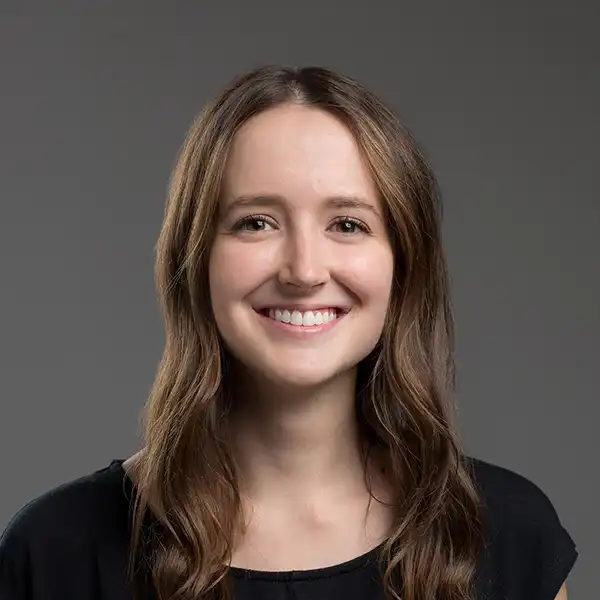



Tim Hiles
Associate Director of Undergraduate Studies
Area of Study: Art History

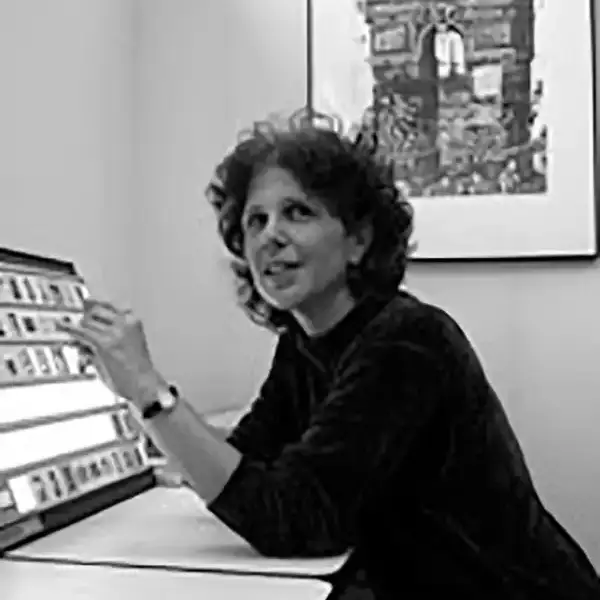


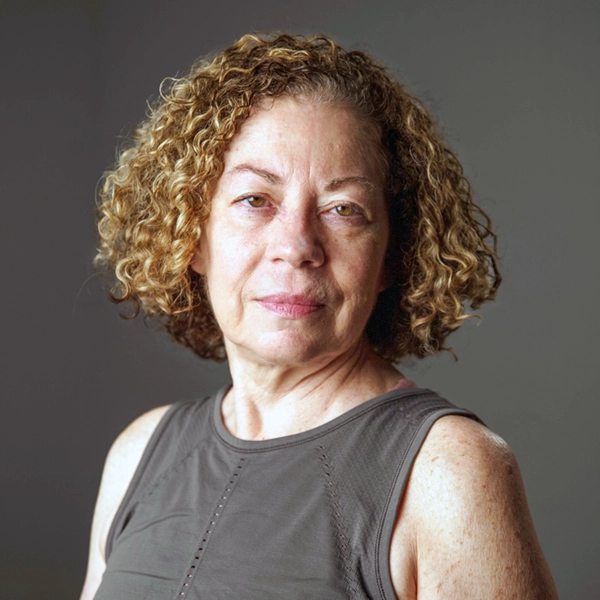
Art History News
Resources
Artist-in-Residence Program and Visiting Artists and Scholars Program
Facilities
Helpful Links and Videos
Internships and Workshops
Professional Organizations


